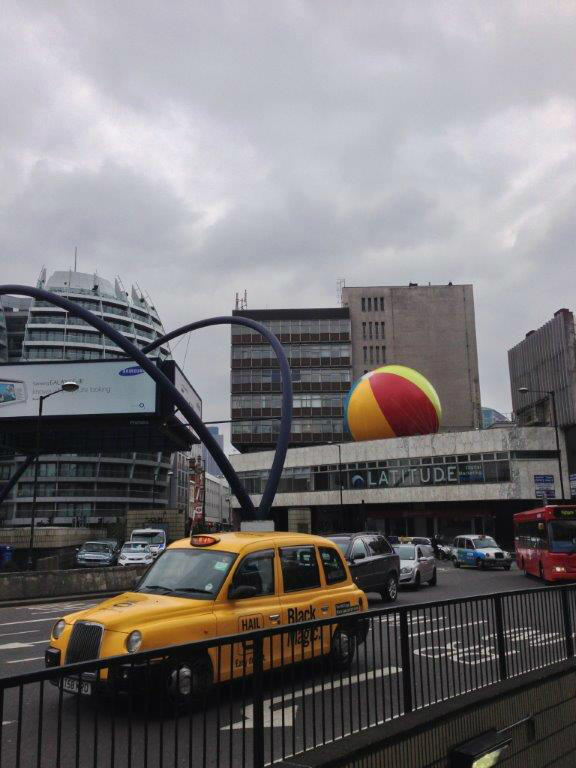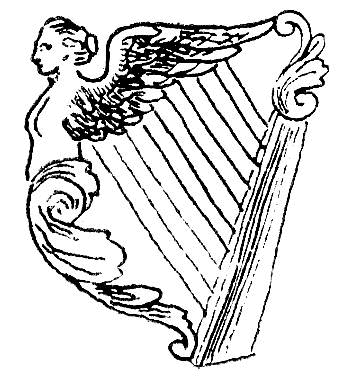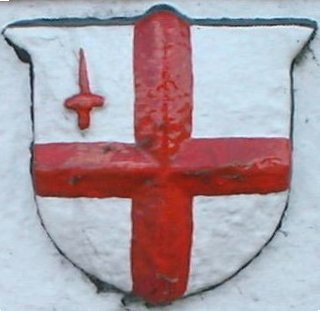The sunlight was startling after weeks and weeks of grey. London was quiet, people luxuriating in the Friday bank holiday still snug under duvets no doubt. It was still unseasonably cold.
The bus was on diversion and I greedily took in unfamiliar Shoreditch streets. As we approached Old Street roundabout, I noticed a giant beachball topping one of the lower buildings. The picture below belies its giganticness. The juxtaposition was so marked it left me feeling rather uncomfortable - I like that.
 |
| Old Street Roundabout, London (Webb Yates Engineers) |
Another Bartmann beard beconed me, the mouldings look so defined and pristine it's hard to remember they are 300 - 500 years old. I can't find a precise match, the closest is shown below.
 |
| Mudlarking Find Frechen Bartmann Beard 1551 - 1700 |
 |
| Frechen Bartmann Jug 1551- 1700 (Museum of London) |
 |
| Mudlarking finds holders for bundles of pins 14th-17th C |
Couldn't resist this large and fine example of one end of a medieval strap handle, stabbed and incised to both decorate and stop the clay fracturing as it was fired, the lead glaze made green with the addition of copper and remarkably up to 800 years old.
 |
| Kingston ware type jug 1240- 1360 (British Museum) |
 |
| Mudlarking Finds, Chinese Export Porcelain Tea Bowls. |
A couple of small pieces of Japanese Imari Porcelain covered in this earlier post, the second shard I suspect comes from the same vessel as one of the pieces in this last post.
 |
| Mudlarking Finds Imari Porcelain 1650-1750 |
 |
| Mudlarking Finds Hand painted pearlware circa 1800 Below Antique English Pearlware Hand painted Dish 1790s decorated with Chinese House pattern (Ruby Lane) |








No comments:
Post a Comment